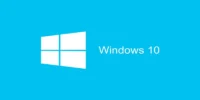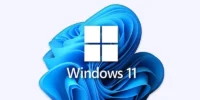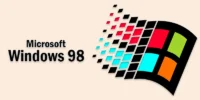You Must Use Application for Linux – How to Install, Manage, and Update
Published: 12 Feb 2025
Applications for Linux
When people think of applications, they often picture Windows or macOS software, but Linux applications stand out for their flexibility and open-source nature. Unlike Windows, where most software is proprietary, Linux offers a mix of free and customizable apps tailored to different user needs. While macOS applications are polished but limited to Apple’s ecosystem, Linux apps work across multiple distributions, giving users more control. Whether for productivity, development, or multimedia, Linux applications provide powerful alternatives without the licensing restrictions of other operating systems.
Linux Applications You Must Use
Linux offers a wide range of applications that make your computer experience smooth and efficient. From office work to gaming, here are some essential Linux applications you must use.
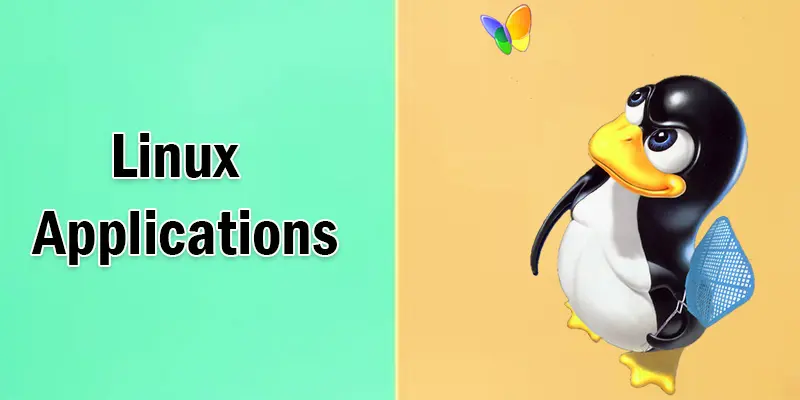
- GNOME Terminal
- LibreOffice
- VLC Media Player
- GIMP
- Visual Studio Code
- Mozilla Firefox
- Steam
- Audacity
- Kdenlive
- Thunderbird
- Htop
- Joplin
- Discord
- Timeshift
- Flatpak
- Snap Store
GNOME Terminal
GNOME Terminal is a powerful tool for running commands and scripts on your Linux system. It allows you to interact with your computer through a text-based interface, which is great for advanced users and system management. You can use it to perform tasks like file management, installing software, or troubleshooting. To update your system, for instance, use GNOME Terminal and enter commands like sudo apt update.
LibreOffice
LibreOffice is an open-source, free office suite that is ideal for Linux users who want to create documents, spreadsheets, and presentations. It works just like Microsoft Office, but without the cost. You can create everything from simple notes to complex reports. For instance, LibreOffice Writer is a fantastic substitute for Word as it makes it simple to create and modify documents.
GIMP
GIMP (GNU Image Manipulation Program) is a robust and free Linux photo editor. It’s a wonderful substitute for Photoshop because it lets you create and edit photos. You can use it for tasks like photo retouching, drawing, and creating graphics. For example, you can use GIMP to remove the background from a photo or create custom banners for your website.
Visual Studio Code
Visual Studio Code is a robust programming code editor. Numerous programming languages, including Python, JavaScript, and C++, are supported. It speeds up and simplifies development with useful features like syntax highlighting, debugging, and extensions. For example, if you’re building a website, you can use Visual Studio Code to write and test your HTML, CSS, and JavaScript code all in one place.
Mozilla Firefox
Mozilla Firefox is a well-known web browser that is open-source, quick, and safe. It protects your browsing by providing privacy features like tracker blocking. Firefox is easy to use and supports many add-ons to customize your browsing experience. Whether you’re browsing websites, watching videos, or using web apps, Firefox makes it simple and smooth. Example: You can use Firefox to browse the web while blocking unwanted ads and protecting your personal information.
Steam
Steam is one of the most popular gaming platforms for Linux users. It lets you download, install, and play thousands of games on your Linux machine. Steam also offers features like game updates, multiplayer support, and community forums. If you’re a gamer, Steam is a must-have app to enjoy a wide variety of games on Linux. Example: You can play games like “Counter-Strike: Global Offensive” or “Dota 2” easily using Steam on Linux.
Audacity
You can record, edit, and mix sound with Audacity, a free and open-source audio editing program. It’s great for creating podcasts, editing music, or removing noise from recordings. With easy-to-use tools and features, even beginners can get started quickly. For example, you can use Audacity to cut unwanted parts from an audio clip or add effects like reverb. It’s a must-have for anyone working with audio on Linux!
Kdenlive
Kdenlive is a powerful video editing application for Linux that lets you create and edit videos with ease. It’s perfect for both beginners and professionals, offering a variety of features like multi-track editing, transitions, and effects. You can import different video formats and customize your projects as you like. Whether you want to make a quick video or work on a more complex project, Kdenlive is a great choice for video editing on Linux. Example: If you’re making a YouTube video, Kdenlive allows you to cut, trim, and add effects to your clips all in one place.
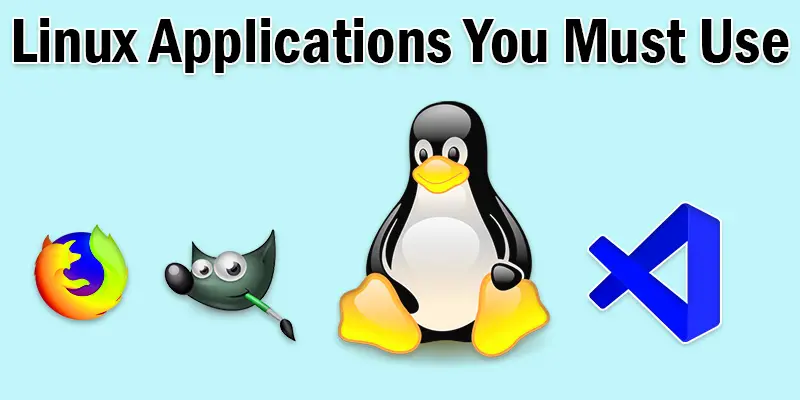
Thunderbird
You can manage many email accounts in one location with Thunderbird, a free and open-source Linux email client. It offers features like a built-in calendar, powerful search options, and customizable add-ons. With Thunderbird, you can easily organize your emails, stay on top of important messages, and protect your privacy with built-in security tools. For example, you can set up multiple email accounts from Gmail, Yahoo, or Outlook and access them all in one app.
htop
Htop is a powerful system monitoring tool in Linux that lets you see how your computer’s resources are being used in real-time. It shows you details about your CPU, memory, and running processes in a simple, easy-to-read format. Htop makes it easier to administer your system by enabling you to interact with the data, unlike the conventional top command. For example, you can sort processes by CPU usage or kill unwanted tasks directly from the interface.
Joplin
Joplin is a Linux note-taking application that is open-source and free. It helps you organize your notes, tasks, and to-do lists in one place. You can sync your notes across devices, making it easy to access them anywhere. Joplin supports text, images, and attachments, allowing you to store all your important information. For example, if you’re working on a project, you can use Joplin to keep all your research and ideas neatly organized.
Discord
Discord is a popular app for communication, especially among gamers and online communities. It lets you chat via text, voice, or video, and you can join servers to connect with people who share similar interests. Whether you’re discussing a project, playing games with friends, or attending virtual events, Discord makes it easy to stay connected. For example, you can create a private server to talk to your friends while gaming or study together.
Timeshift
Timeshift is a powerful backup tool for Linux that helps protect your system by creating restore points. It allows you to roll back your system to a previous state in case something goes wrong, like after a software update or system crash. It’s easy to use and can be scheduled to run automatically. For example, if an update causes issues, you can quickly restore your system to how it was before the update using Timeshift.
Flatpak
Flatpak is a system for installing and managing applications on Linux. It allows you to run the same application on different Linux distributions without worrying about compatibility issues. With Flatpak, you can easily install apps, and they’ll include all the necessary libraries to work properly. For example, Spotify can be installed via Flatpak, making it easy to enjoy music on any Linux system without extra setup.
Snap Store
The Snap Store is a simple way to find and install applications on Linux. It lets you download apps that are packaged in a format called “Snap,” which works across many Linux distributions. This makes it easy to get the latest versions of your favorite software without worrying about compatibility. For example, you can easily install Spotify from the Snap Store to enjoy music on your Linux system.
How to Install Applications in Linux
Using Package Managers
Most Linux distributions have built-in package managers that make installing apps easy. The APT package management, for instance, is available on Ubuntu.
- Launch the Terminal.
- Press Enter after typing sudo apt install [application name].
- To install VLC Media Player, for instance, sudo apt install vlc.
Using Snap & Flatpak
Snap and Flatpak are universal package formats that work across different Linux distributions.
- Use sudo apt install snapd to install Snap on Ubuntu.
- To install it, type sudo apt install flatpak.
- To set up an application
- Snap: sudo snap install [application name]
- Flatpak: flatpak install [application name]
Using Software Centers
Some applications offer direct downloads from their websites in .deb or .rpm formats.
- Download the file from the app’s website.
- Double-click the file to install it, or use the Terminal with commands like sudo dpkg -i [file name] for .deb files.
Downloading from Official Websites
Some applications provide installation files directly from their websites, often in .deb or .rpm formats.
- Go to the app’s official website.
- Download the installation file.
- Open the file with your package manager to install it.
Compiling from Source
Compiling from source entails acquiring an application’s source code and constructing it on your own computer.This process allows you to customize the installation or use the latest version not available in package repositories.
- Download source code: Obtain the source code from the official website or repository.
- Build and install: Use commands like ./configure, make, and make install to compile and install the software.
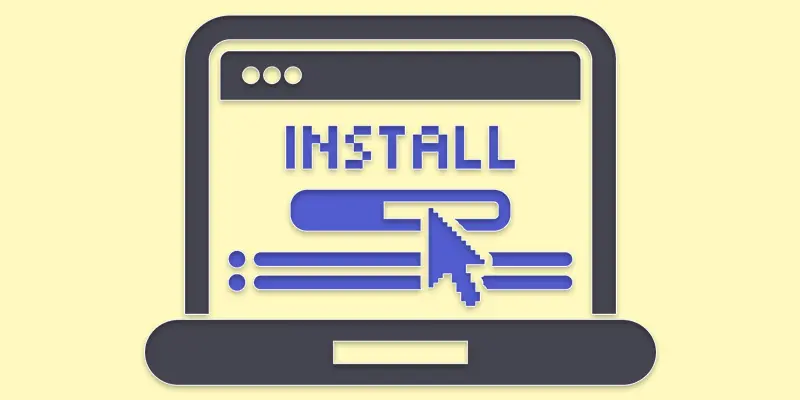
Managing and Updating Applications in Linux
Managing Applications: This involves installing, removing, or checking for updates to the applications you use. For example, if you want to add a new app, you can use a command or a tool to install it. If you no longer need an app, you can easily remove it.
Updating Applications: Keeping your apps updated is important to make sure they work well and stay secure. Linux makes this easy. You can use commands to check if any updates are available and install them to keep your apps running smoothly. For example, if you’re using Ubuntu, you can use sudo apt update to check for new versions of your software, then sudo apt upgrade to apply the updates.Your apps will always be the newest and safest thanks to this.
Another example is removing an application you no longer need. If you decide to uninstall VLC media player, you can do so with the command sudo apt remove vlc. This will free up space and keep your system clean.
Conclusion – About Application Software Linux
Linux offers endless possibilities for customizing and optimizing your computing experience. By exploring the world of applications in Linux, you’re not just learning to use software—you’re unlocking a world of creativity and efficiency. Keep experimenting, stay curious, and embrace the power of open-source software. The more you explore, the more you’ll discover about how Linux can make your digital life better!
FAQS – Application For Linux
To use Linux software, simply install it using the package manager for your distribution (e.g,apt, dnf`). Once installed, you can launch applications from the menu or by typing the application name in the terminal. Most software works like any other, with easy-to-use graphical interfaces or commands.
Linux is completely free! You can download and use it without paying anything. Many Linux distributions are open-source, meaning anyone can use, modify, and share them.
Applications in Linux can be found in several locations, depending on how they were installed. Common locations include /usr/bin/ for system-wide apps and /home/username/.local/bin/ for user-specific apps.
An application server in Linux is a platform where software applications run and manage requests from users. It provides a stable environment for apps to execute tasks and handle data, often used for web applications like Apache Tomcat or Nginx.

- Be Respectful
- Stay Relevant
- Stay Positive
- True Feedback
- Encourage Discussion
- Avoid Spamming
- No Fake News
- Don't Copy-Paste
- No Personal Attacks

- Be Respectful
- Stay Relevant
- Stay Positive
- True Feedback
- Encourage Discussion
- Avoid Spamming
- No Fake News
- Don't Copy-Paste
- No Personal Attacks


